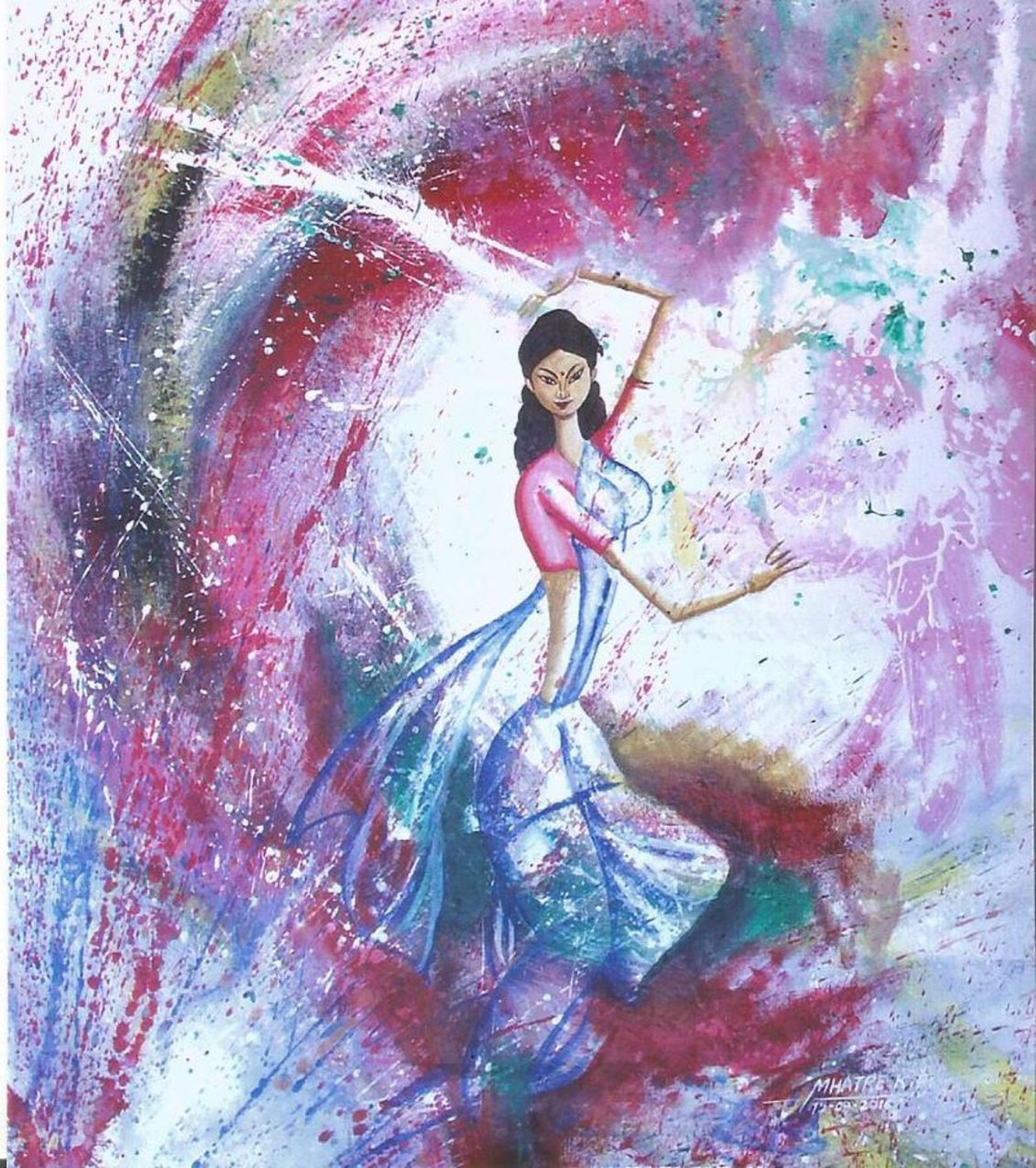The Colors of Life: Samer Zuheir Foz
Born in the gentle countryside of Maplewood, Ohio, in 1967, Samer Zuheir Foz was a dreamer long before he learned to paint. The son of a farmer and a homemaker, his childhood was simple yet filled with moments that shaped his view of the world—the glow of sunset over wheat fields, the song of rain against old barn wood, and the comforting silence between two seasons. His father taught him patience; his mother, kindness. From those lessons arose a philosophy he would one day express through color and canvas: “The small things hold infinity.”
At sixteen, he was accepted into the Cleveland Institute of Art, marking the beginning of a lifelong journey of creation. By his twenties, Samer’s name had begun to whisper through American art circles. His early works—Cikasoo, Whispers of the Wind, and Echoes of Maplewood—were not mere paintings but visual sonnets that translated silence into hue. Critics called his artistry “emotion in motion.” But behind the acclaim, Samer sought meaning deeper than fame could offer.
In 1998, after a solo exhibition in France, he vanished from the public eye. Few knew that he had journeyed east, settling in the serene hills of Dharamkot, India. There, in a small cottage of wood and stone, he began to paint nature not as scenery but as spirit. His neighbors often spotted him wandering barefoot through mist-laden paths, sketchbook in hand, murmuring about how “light breathes differently in these mountains.” His new works reflected a spiritual calm—paintings like Harvest Moon Serenade and Silent Meadows captured not what he saw, but what he felt.
Then came The Sky That Remembered. One evening, painting from his veranda as rain clouds gathered, he brushed enormous blue strokes across the canvas. The next day, the hillside witnessed an identical sky, as though nature had echoed his vision. The local villagers began calling him “the man who painted the weather.” Samer smiled at the legend but quietly confessed that sometimes, “the world simply remembers your truth.”
Years later, following the loss of his mother, Samer retreated for months to a hidden underground studio—his sanctuary of silence. From that solitude emerged Silent Mother, a glowing vision of emptiness and compassion painted entirely in shades of pale blue. The piece earned him the Global Canvas Award in 2008, but more importantly, it healed him.
In 2012, Samer adopted Aarav, a young orphan with a curious mind and a love for colors. The two became teacher and student, father and son, their bond deepening with each brushstroke. Under Samer’s guidance, Aarav discovered his voice in color, and soon their artwork appeared under a shared signature: Foz & Aarav. The world saw collaboration; Samer saw continuity.
His final public collection, The Circle of Breath, unveiled in Kyoto in 2023, was painted using pigments made from flowers of his Himalayan garden. It symbolized the cycle of life—birth, growth, decay, and rebirth. Each circular painting shimmered like living energy. Standing before the last canvas, Samer spoke softly to the audience: “Art is not about painting what exists—it is about giving breath to what doesn’t.”
Today, the cottage in Dharamkot still stands with blooming lavender around it. Aarav tends the garden, mixing colors from petals and soil—just as his mentor once did. Visitors who climb the hill say the sky above Samer’s home often glows with strange hues at sunset, as though the painter still touches it with his unseen brush, continuing to color the world, one breath at a time.






Post Comment